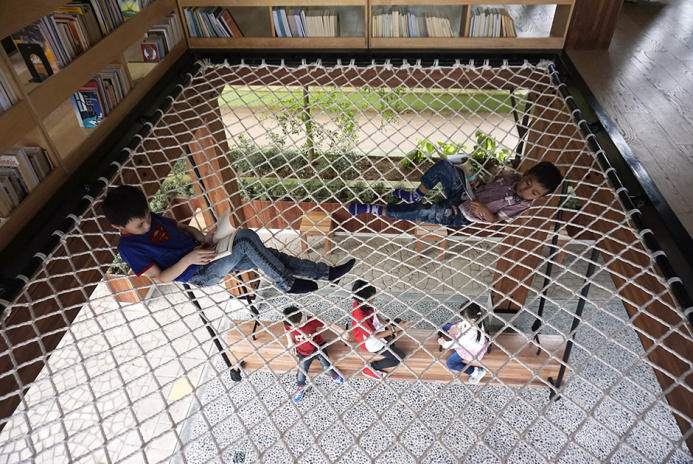A breath of fresh air for reading: how Indonesian micro-libraries are attracting children
13.06.2025 | 23:55 |While the world is looking for ways to achieve sustainability and creative solutions, a truly inspiring story comes from Indonesia. Here, in the hot expanses of Java, the architecture firm SHAU is building not just buildings, but real oases of knowledge – micro-libraries with playful designs that offer not only books, but also a saving coolness.

These miniature temples of literature, as if taken from the pages of children's fairy tales, are intended to make a small revolution. Their secret is simple: unusual, playful design first attracts children, and then immerses them in an atmosphere that sparks imagination and stimulates creativity, as the Guardian explains in its photo essay.

The Dutch-German firm SHAU draws inspiration from the centuries-old traditions of the island kingdoms. Using a combination of local materials and passive cooling principles, the architects achieve a surprising effect: the temperature inside these libraries is significantly lower than outside. Shading, a clever cross-ventilation system and the principle of accelerating and cooling the air as it passes through many small holes all help to maintain a comfortable coolness for young readers.

The project, which was launched in 2012, has already brought to life 8 such libraries across the country. They are built using FSC-certified (100% recycled) wood and lightweight concrete, but the designers are clearly not afraid to think outside the box. For example, the facade of the Bima microlibrary in Bandung is made from... 2,000 recycled ice cream tubs with the bottoms cut off! These unexpected "bricks" provide an amazing combination of transparency, air flow, reading light and shade, creating the perfect conditions for immersing yourself in a book.

Another example is the Warak Kayu microlibrary in Central Java. It is built on stilts, allowing a free breeze to pass underneath, and the interior floor is made of rope mesh, adding lightness to the space.

Over the next 20 years, up to 100 such microlibraries are planned. Not only is this an ambitious educational project, but it is also a wonderful example of how a creative approach to architecture and sustainable technologies can change the lives of entire communities, making knowledge more accessible and attractive.












